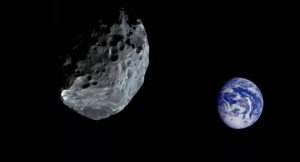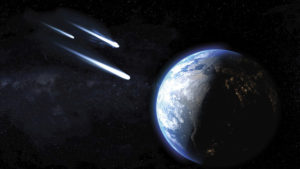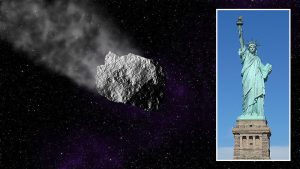

Sputnik News – August 20, 2021
NASA is keeping a close eye on 1,000 space rocks that are “potentially hazardous” to our planet.
The asteroid known as “2016 AJ193,” classified as “potentially hazardous” by NASA, will whizz past Earth on Saturday, 21 August. The 1.4 km-wide space rock – which is traveling at 94,208 km per hour – will pass within 3,427,445 km of Earth.
The asteroid will approach our planet at 11:10 am ET (8:40 pm IST and 3:10 pm GMT).
NASA will observe the asteroid from 20 to 24 August using radar. It’s 1.5 times the size of the Burj Khalifa, more than three times the size of the Empire State Building, and over 4.5 times the size of the Eiffel Tower – it was spotted in January 2016 by the Panoramic Survey Telescope and Rapid Response System (Pan-STARRS) facility, which is part of Hawaii’s Haleakala Observatory.
Every 5.9 years, it orbits the Sun – as it travels towards Earth’s orbit it shoots off in Jupiter’s direction. This visit will be 2016 AJ193’s closest approach to Earth for at least for the next 65 years.
NASA is currently tracking over 26,000 near-Earth asteroids, while over 1,000 are considered potentially hazardous.




